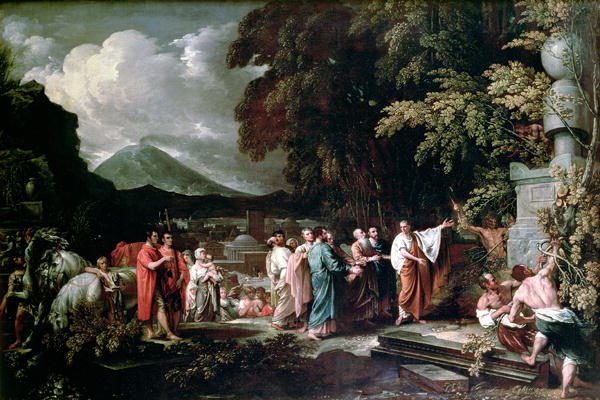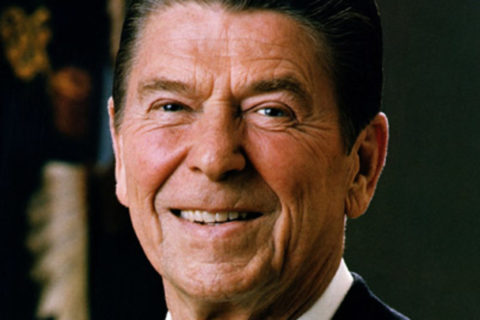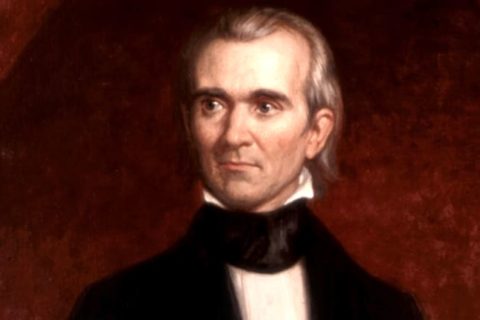If neither of the two major presidential candidates excites you very much, maybe you should consider staying home on Election Day and reading a good book. A good book to read on that day or others is Chilton Williamson Jr.‘s just-published The Conservative Bookshelf. Even if you don’t like it, it will tell you about a lot of other books you might like better.
The Conservative Bookshelf is a collection of fairly brief chapters about some 50 classic works of conservatism. “Classic works” does not include Rush Limbaugh or David Frum but real classics by real writers. Mr. Williamson, the former book review editor at National Review and current senior editor for books at Chronicles and the author of several novels and non-fiction books himself, knows the difference between a real classic and the mental belches that today often masquerade as “conservatism.”
Hence, what The Conservative Bookshelf tells us about is what real conservatism is, and it’s definitely not what the Republican Party is selling. “High-powered, high-pressured modern society has largely succeeded in reducing conservatism from a broadly informed religious, intellectual, moral, and aesthetic tradition to a narrow and shallow party politics that often amounts to nothing more than a party line,” Mr. Williamson writes in his introduction. “The Republican Party is the present embodiment of this politics in the United States; yet it has not always been so.”
He readily acknowledges that a Republican political leader like Robert A. Taft—a strong constitutionalist and anti-internationalist—was “the greatest congressional spokesman in his time for the conservative political tradition.”
But Taft’s days are long gone, as are those when conservatism was defined by either the GOP’s “Taft wing” or its intellectual mentors, most of whose books Mr. Williamson discusses knowledgeably.
The conservative classics range from St. Augustine, Cicero and Edmund Burke to C.S. Lewis and British political theorist Michael Oakeshott, with chapters on contemporary figures like Pat Buchanan, Peter Brimelow and others thrown in (purely in the interests of full disclosure, I have to admit I’m one of them). Conspicuous by their absence are the neo-conservatives who today have come to dominate what the media define as “conservatism.” Mr. Williamson has reasons for not including them.
“Neoconservatives are distinguished from traditional conservatives,” he writes, “not least by their determination to deny notions of peculiar national and cultural identities, which they seek to replace with the fantastical one of the First Universal Nation. Most important, neoconservatives have relentlessly promoted the secularization of government and of society to an extent that is wholly at odds with the explicitly Christian character of the Western tradition.”
He acknowledges that neo-cons have held some ideas in common with traditional conservatives and have come up with some interesting policy discussions, but there’s not much to include from them in a book like this. At their best, the neo-cons may know all about the shortcomings of federal urban policy, but most are neither very conservative nor very deep.
By now you’re probably catching the drift of what Mr. Williamson means by “conservatism.” What he means is what is today called “paleo-conservatism,” and it is called that because what is called “neo-conservatism” has largely displaced it. Mr. Williamson’s description of “paleo-conservatism” is clear enough:
“Christian faith, national sovereignty and cultural identity, federalism, republicanism, restraint of capitalism, community, agrarianism, and homocentric environmentalism.” Traditional, paleo or “old conservatism” is therefore not identical with libertarianism (which is for unrestrained capitalism and cares little for community and cultural identity) or “isolationism.”
Several of the authors Mr. Williamson includes are or were militant anti-communist interventionists during the Cold War—Whittaker Chambers, James Burnham and Pat Buchanan, among others.
Indeed, Mr. Williamson suggests that the very word “conservatism” no longer very well applies to what he’s talking about. “The primary distinction within the conservative tradition,” he writes, is “the difference between a conservatism founded uncompromisingly on eternal principles and the conservatism that appeals to historical context and the status quo, prudence and pragmatism.”
The first group, which is where Mr. Williamson and his paleo allies are coming from, he prefers to call “Rightists.” Only the second is “conservative” in the sense that it “seeks to conserve what exists in the present.”
The great dilemma that conservatives who are “Rightists” are coming to face is how they can retain loyalty to what prevails in this country today and remain wedded to their vision of eternal principles.
They are by no means the first generation of the real right to face that dilemma. Many of the thinkers whom Mr. Williamson discusses in his book faced it also in their own times. Reading his account of how they resolved it just might help real conservatives today deal with the same problem.
If you face that dilemma yourself, maybe you should read the book.
-By Sam Francis






